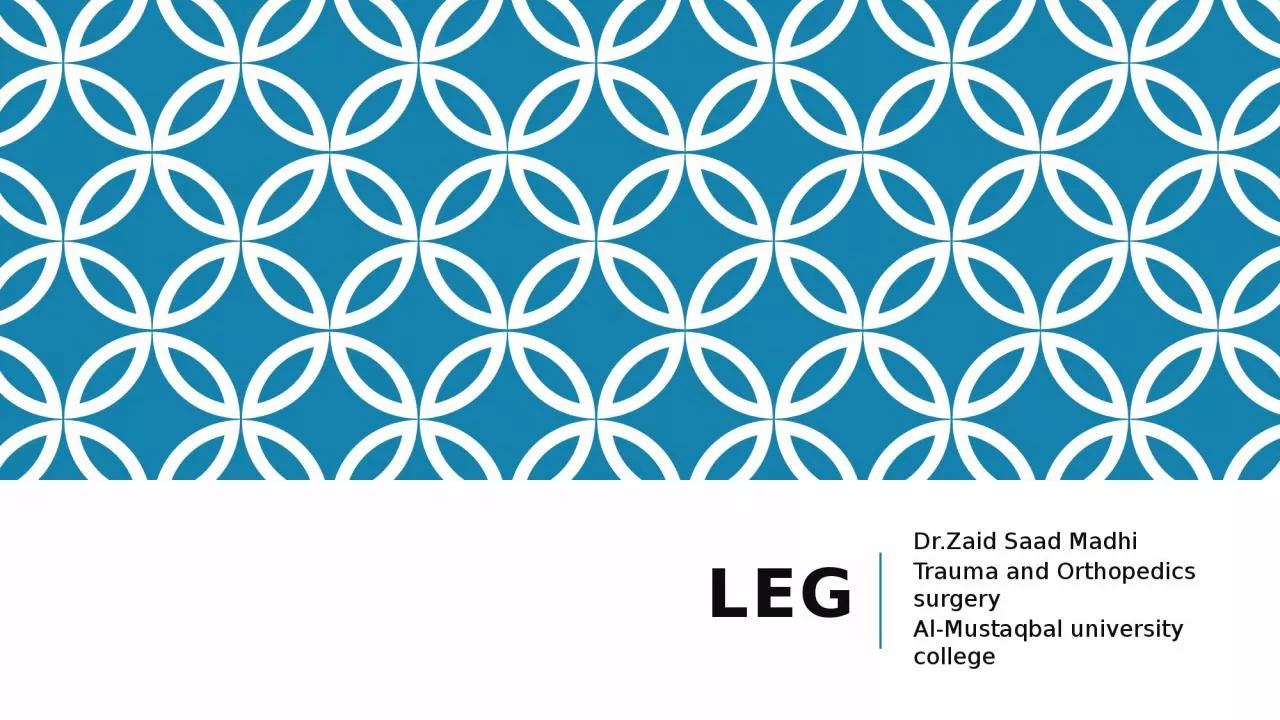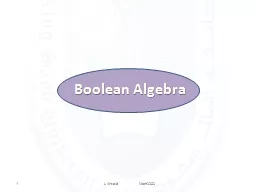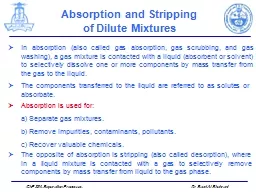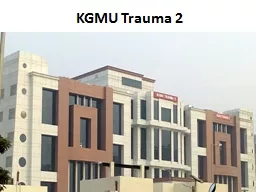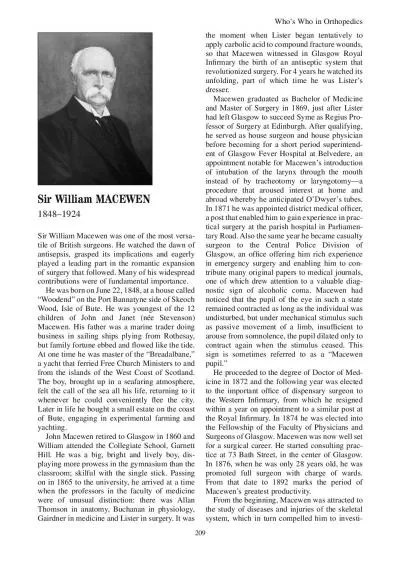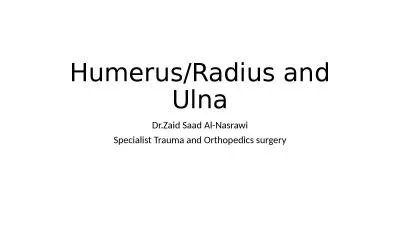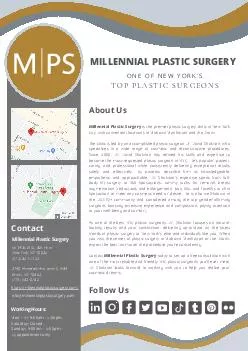PPT-Leg Dr.Zaid Saad Madhi Trauma and Orthopedics surgery
Author : ThePerfectFit | Published Date : 2022-07-27
AlMustaqbal university college Diphyses Metaphses Epiphyses The Tibia The upper end of the tibia is expanded as the tibial plateau This has an articular surface
Presentation Embed Code
Download Presentation
Download Presentation The PPT/PDF document "Leg Dr.Zaid Saad Madhi Trauma and Orthop..." is the property of its rightful owner. Permission is granted to download and print the materials on this website for personal, non-commercial use only, and to display it on your personal computer provided you do not modify the materials and that you retain all copyright notices contained in the materials. By downloading content from our website, you accept the terms of this agreement.
Leg Dr.Zaid Saad Madhi Trauma and Orthopedics surgery: Transcript
AlMustaqbal university college Diphyses Metaphses Epiphyses The Tibia The upper end of the tibia is expanded as the tibial plateau This has an articular surface with a large medial and a smaller lateral condyle which articulate with the condyles of the femur. Introduction To Number Systems. L Al-. zaid. Math1101. 1. Hexadecimal System . Hexadecimal is the name given to a special number system which uses "16" as a base. . In a hexadecimal (base 16) system, we need 16 single digits.. L Al-. zaid. Math1101. 1. Boolean Functions. In Boolean algebra we work with the . set {0,1}. , . where:. 0 ≡ F . (False) & . 1 ≡ T . (True).. The 3 Operations used in Boolean Algebra are:. Properties. L Al-. zaid. Math1101. 1. The Binary Relation. DEFINITION 1. Let A and B be sets. A . binary relation . from A to B is a subset of . AxB. .. In other words, . a binary relation. Elizabeth D. Fox, MD; Elizabeth V. Atkins, MSN, RN, CCRN-K; Christopher J. Dente, MD. GSACS Day of Trauma & Annual Meeting. August 18. th. , 2017. Definition. “Unplanned return to the Operating Room after initial operative management for a similar or related procedure” . Trauma. What is trauma?. How prevalent is trauma ?. How long does it last?. Why should we be aware of it? . Most Important Health Research of the Decade. Kaiser Permanente and U.S. Centers for Prevention and Disease Control (CDC). Absorption and Stripping of Dilute Mixtures. In absorption (also called gas absorption, gas scrubbing, and gas washing), a gas mixture is contacted with a liquid (absorbent or solvent) to selectively dissolve one or more components by mass transfer from the gas to the liquid.. Overviewthe Berkeley Outpatient Center With access to the latest advances in care research and technology UCSF Health and John Muir Health orthopedic specialists provide up-to-the-minute expertise and . The different levels (i.e. Level 1-5) refer to the kinds of resources available in a trauma centre and the number of patients admitted yearly.. . Sir William Macewen was one of the most versa-tile of British surgeons. He watched the dawn ofof surgery that followed. Many of his widespreadWoodendŽ on the Port Bannatyne side of SkeochWo Specialist Trauma and Orthopedics surgery. The . humerus. . The hemispherical head of the . humerus. is separated from the greater and lesser tubercles by the . anatomical . neck.. Between . the tubercles . Millennial Plastic Surgery is the premier plastic surgery clinic in New York City, with convenient locations in Midtown Manhattan and the Bronx.
The clinic is led by an accomplished plastic surgeon Dr. David Shokrian, who specializes in a wide range of cosmetic and reconstructive procedures. Since 2008, Dr. David Shokrian has refined his skills and expertise to become the most-requested plastic surgeon in NYC. He\'s popular, patient, caring, and professional while consistently delivering exceptional results safely and effectively. His patients describe him as knowledgeable, empathetic, and approachable. Dr. Shokrian\'s expertise spans from full-body lift surgery to 360 liposuctions, tummy tucks, fat removal, breast augmentation (reductions and enlargement), butt lifts, and facelifts to chin liposuction to meet any cosmetic need or desire. He is also well-known in the LGBTQ+ community and considered among the top gender-affirming surgeons boasting extensive experience and compassion, paying attention to your well-being and comfort.
As one of the best NYC plastic surgeons, Dr. Shokrian focuses on natural-looking results and your satisfaction, delivering up-to-date on the latest trends in plastic surgery to New York\'s elite and individuals like you. When you visit the center of plastic surgery in Midtown Manhattan or the Bronx, expect the best, no matter the procedure you\'re considering.
Contact Millennial Plastic Surgery today to set up a free consultation with one of the most reliable and friendly NYC plastic surgeons you\'ll ever meet. Dr. Shokrian looks forward to working with you to help you realize your cosmetic dreams.
Google maps: https://www.google.com/maps?cid=9934321547707838865
Nearby Locations:
Midtown West | Garment District | Diamond District | Midtown East | Murray Hill | Hell\'s Kitchen
10019, 10036, 10018, 10001, 10022, 10016, 10017
Millennial Plastic Surgery
56 W 45th St, 4th Floor
New York, NY 10036
(212) 421-7123
https://millennialplasticsurgery.com
https://millennialplasticsurgery.com/manhattan-ny
info@millennialplasticsurgery.com
Working Hours:
Mon - Fri: 9:00am - 5:00pm
Sunday: 9:00am - 5:00pm - By appointment only.
Payment: cash, check, credit cards. Millennial Plastic Surgery is the premier plastic surgery clinic in New York City, with convenient locations in Midtown Manhattan and the Bronx.
The clinic is led by an accomplished plastic surgeon Dr. David Shokrian, who specializes in a wide range of cosmetic and reconstructive procedures. Since 2008, Dr. David Shokrian has refined his skills and expertise to become the most-requested plastic surgeon in NYC. He\'s popular, patient, caring, and professional while consistently delivering exceptional results safely and effectively. His patients describe him as knowledgeable, empathetic, and approachable. Dr. Shokrian\'s expertise spans from full-body lift surgery to 360 liposuctions, tummy tucks, fat removal, breast augmentation (reductions and enlargement), butt lifts, and facelifts to chin liposuction to meet any cosmetic need or desire. He is also well-known in the LGBTQ+ community and considered among the top gender-affirming surgeons boasting extensive experience and compassion, paying attention to your well-being and comfort.
As one of the best NYC plastic surgeons, Dr. Shokrian focuses on natural-looking results and your satisfaction, delivering up-to-date on the latest trends in plastic surgery to New York\'s elite and individuals like you. When you visit the center of plastic surgery in Midtown Manhattan or the Bronx, expect the best, no matter the procedure you\'re considering.
Contact Millennial Plastic Surgery today to set up a free consultation with one of the most reliable and friendly NYC plastic surgeons you\'ll ever meet. Dr. Shokrian looks forward to working with you to help you realize your cosmetic dreams.
Google maps: https://www.google.com/maps?cid=9934321547707838865
Nearby Locations:
Midtown West | Garment District | Diamond District | Midtown East | Murray Hill | Hell\'s Kitchen
10019, 10036, 10018, 10001, 10022, 10016, 10017
Millennial Plastic Surgery
56 W 45th St, 4th Floor
New York, NY 10036
(212) 421-7123
https://millennialplasticsurgery.com
https://millennialplasticsurgery.com/manhattan-ny
info@millennialplasticsurgery.com
Working Hours:
Mon - Fri: 9:00am - 5:00pm
Sunday: 9:00am - 5:00pm - By appointment only.
Payment: cash, check, credit cards. Dr. Sonalika’s Eye Clinic provide the best Cataract Phaco Surgery, Cataract surgery treatment in Pune, Hadapsar, Amanora, Magarpatta, Mundhwa, Kharadi Rd, Viman Nagar, Wagholi, and Wadgaon Sheri Dr. Sonalika’s Eye Clinic provide the best Phaco surgery treatment in Pune, Hadapsar, Amanora, Magarpatta, Mundhwa, Kharadi Rd, Viman Nagar, Wagholi, and Wadgaon Sheri
Download Document
Here is the link to download the presentation.
"Leg Dr.Zaid Saad Madhi Trauma and Orthopedics surgery"The content belongs to its owner. You may download and print it for personal use, without modification, and keep all copyright notices. By downloading, you agree to these terms.
Related Documents

